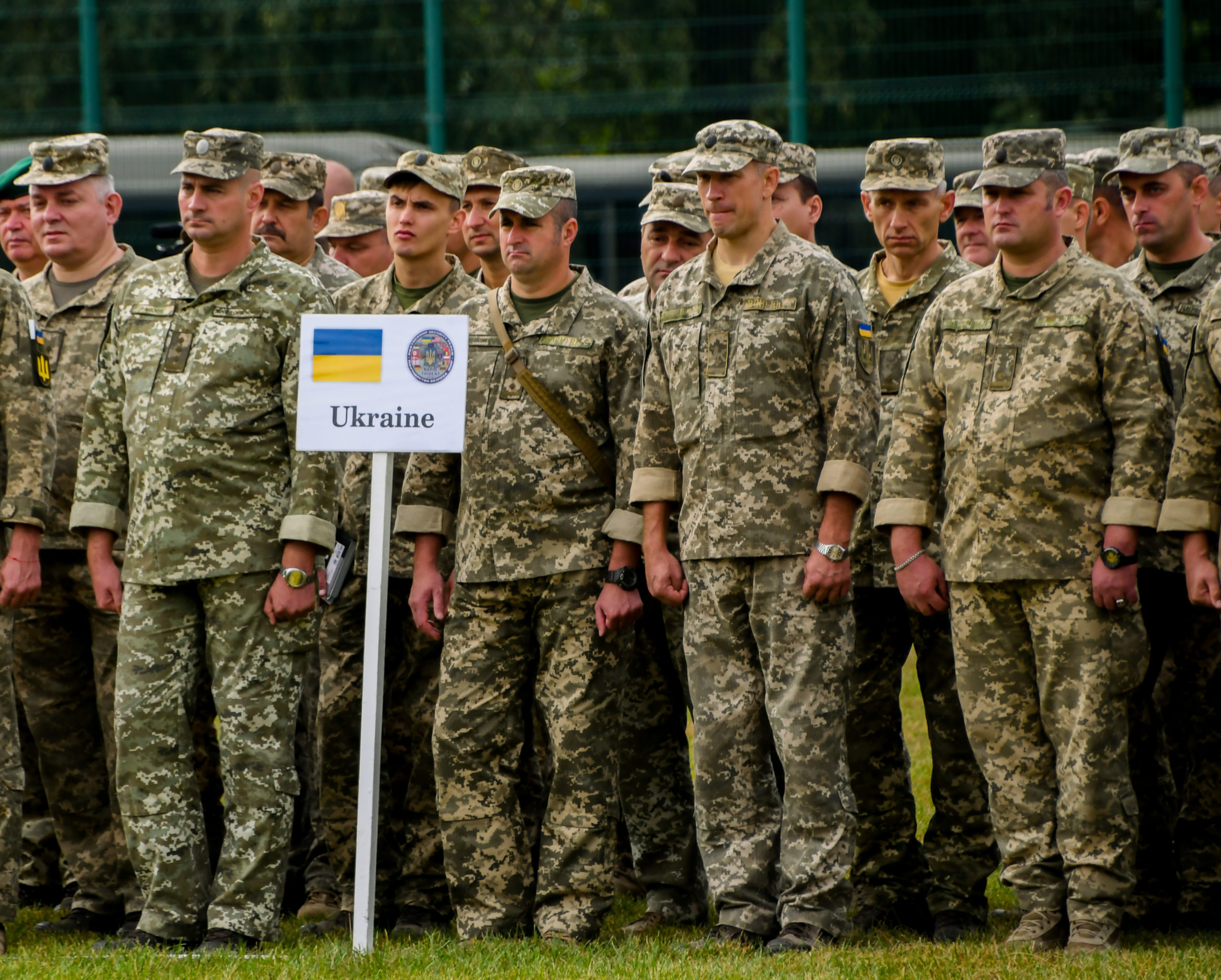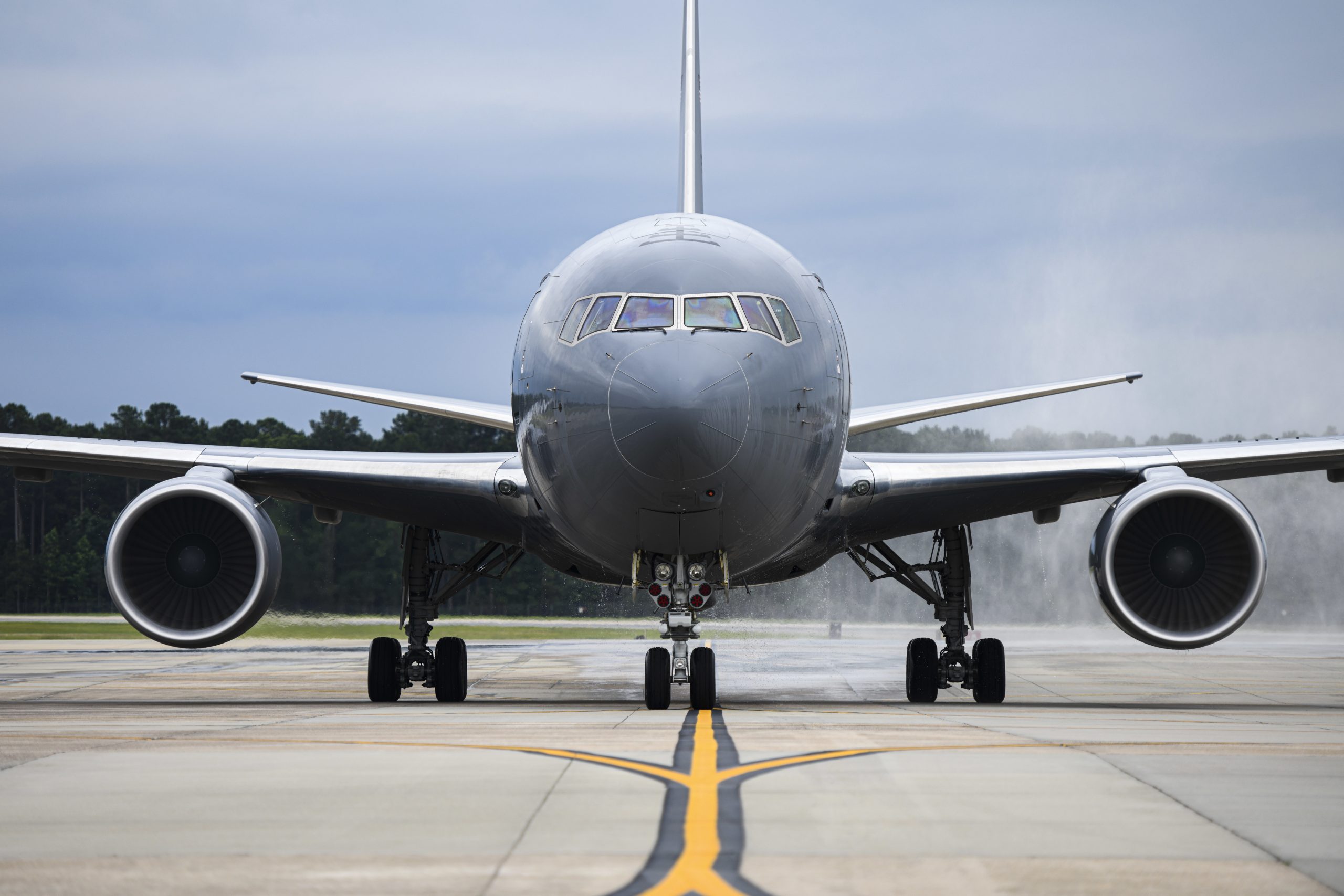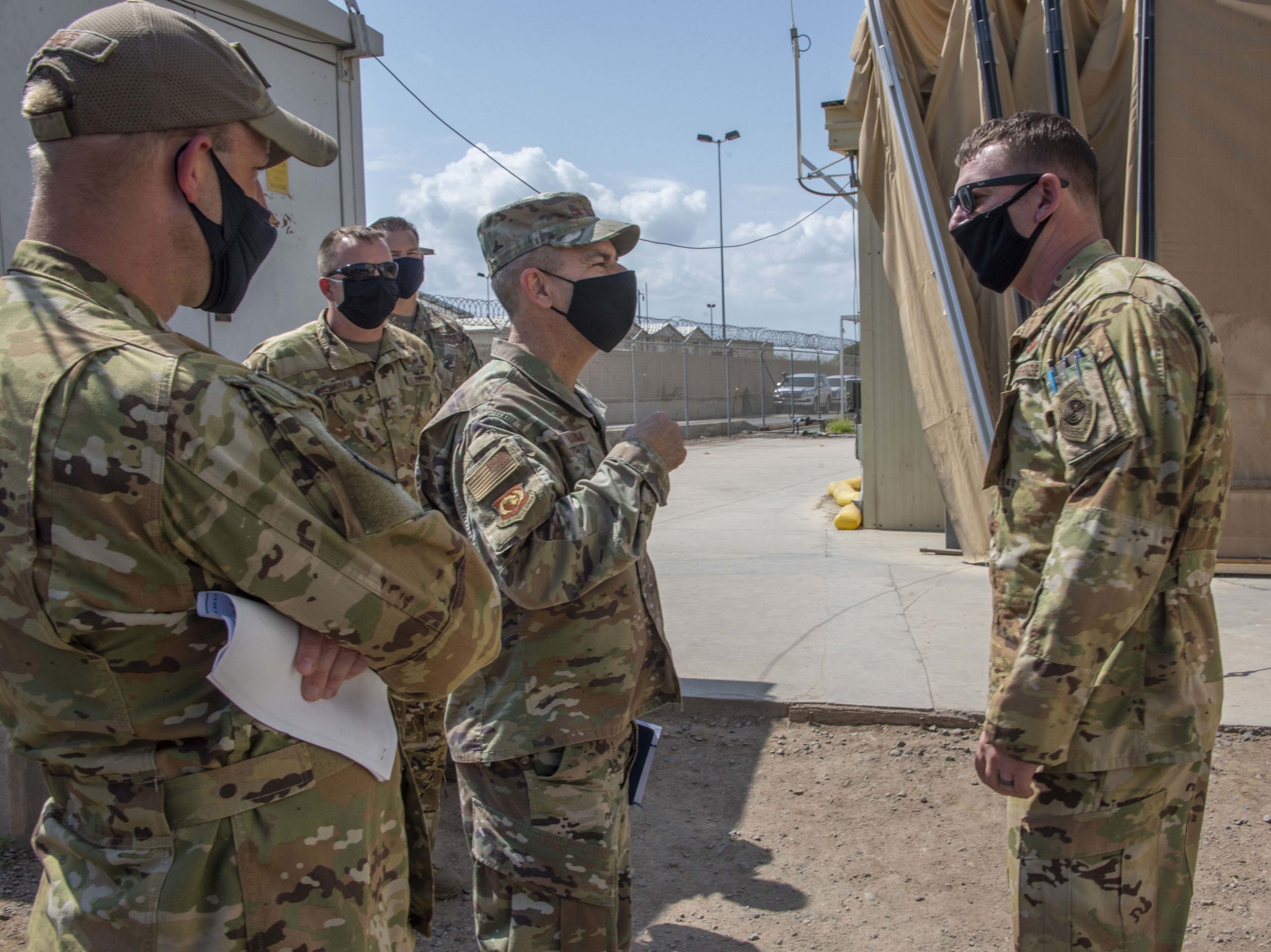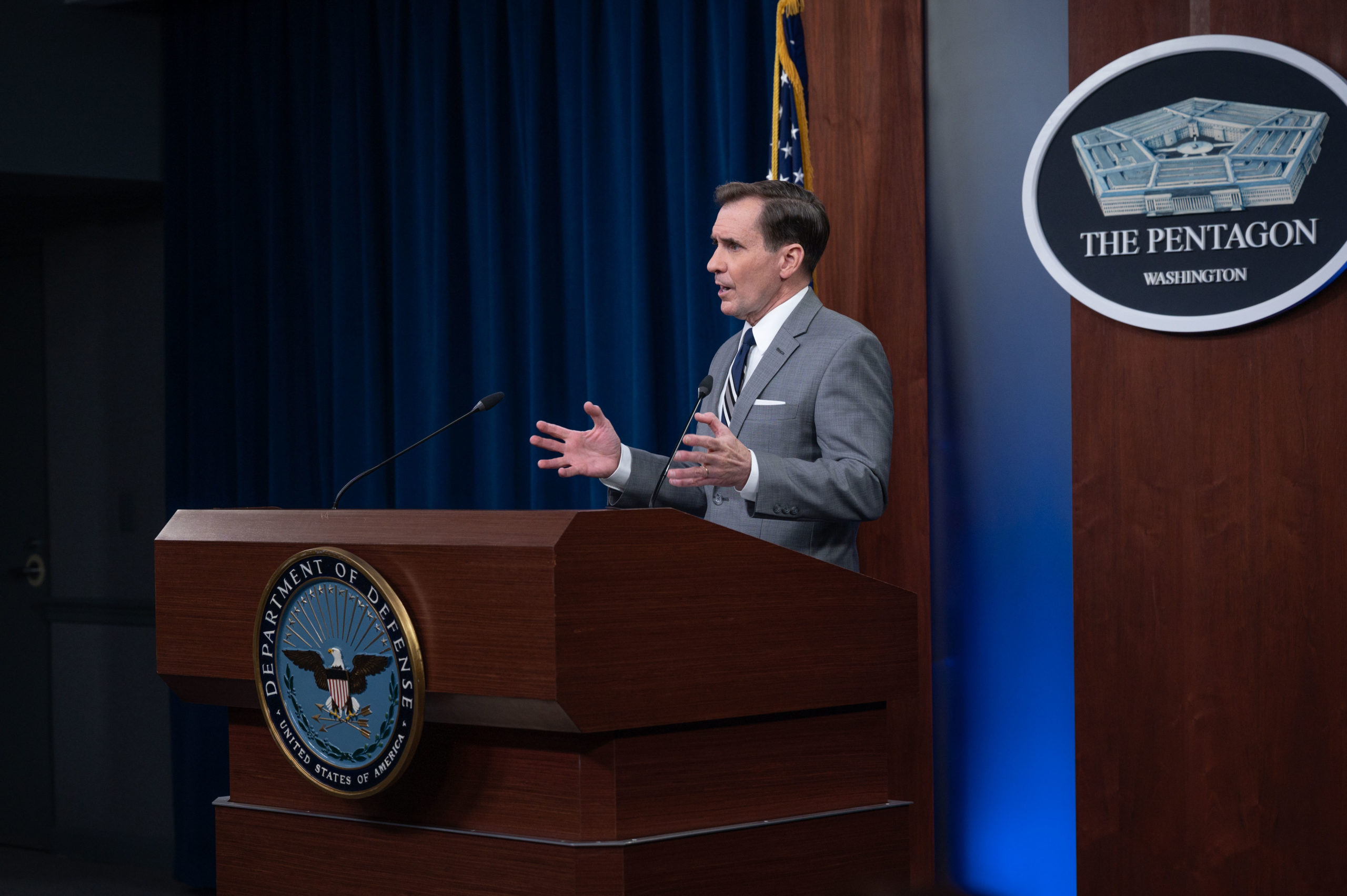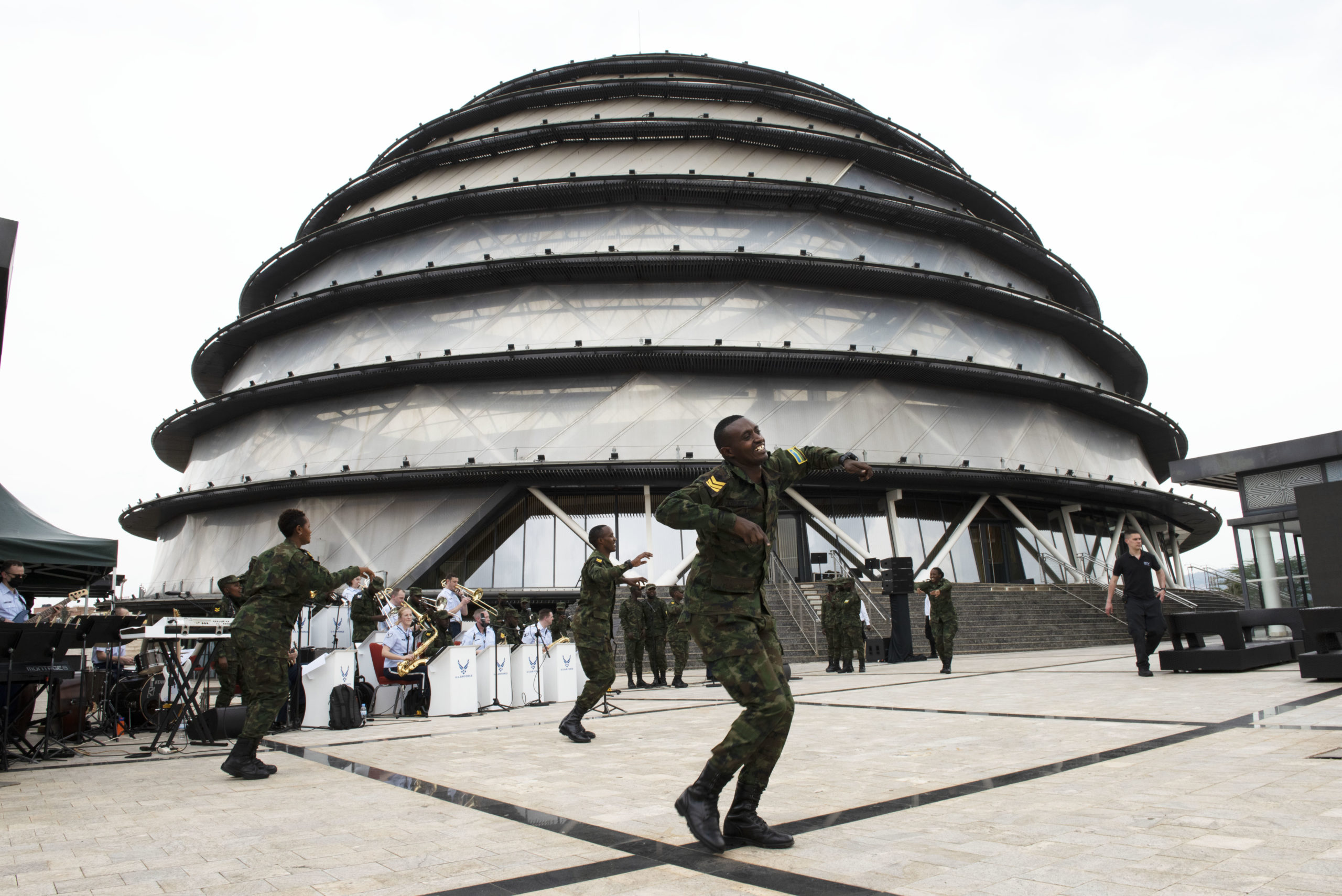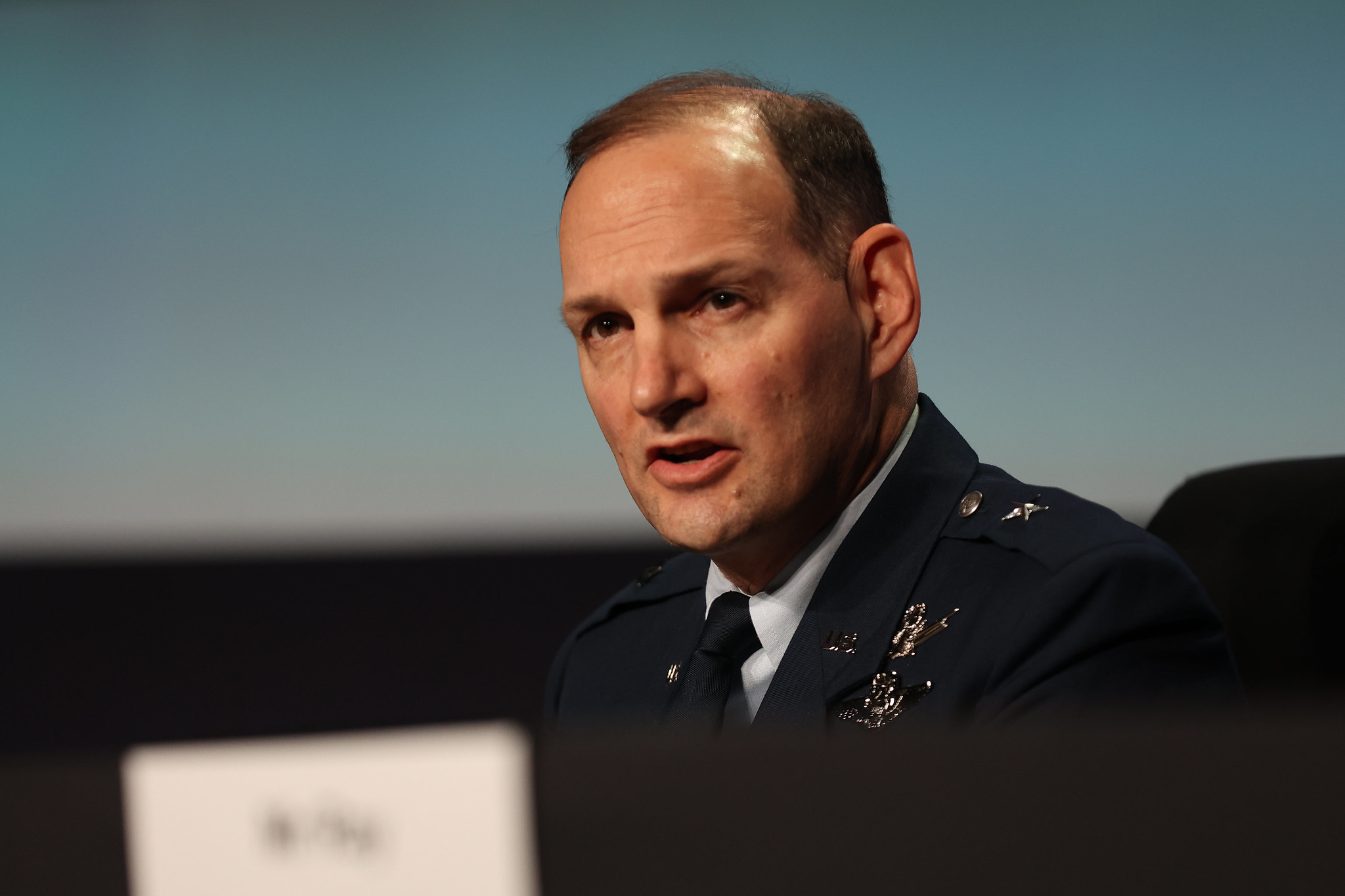A cry of frustration in a social media post is striking a chord with users of Air Force IT systems, and the service’s chief information officer has joined the conversation, outlining steps she’s taking to rectify the problems it identified.
“You tell us to ‘Accelerate change or lose,’ then fix our computers,” demanded Michael Kanaan, the director of operations for the Air Force’s Artificial Intelligence Accelerator at MIT, in a widely shared LinkedIn post referencing the service leadership’s demand for digital transformation.
Although Kanaan is an Air Force employee, his “open letter” is addressed to the Department of Defense and addresses complaints that are widespread across the services, as evidenced by the comments on his post. “Before buying another plane, tank, or ship, fix our computers,” Kanaan continued. “Yesterday, I spent an hour waiting just to log-on. Fix our computers.”
A long litany of complaints followed, mostly centered on the sloth-like slowness of DOD IT. “I wrote an email the other day that took over an hour to send … I opened an Excel file today, my computer froze and needed to be restarted … I turned on my computer and it sat at 100 [percent] CPU usage.” Each barrage ending with the same invocation: “Fix our computers.”
“Want innovation?” Kanaan lambasted DOD leaders, “You lost literally HUNDREDS OF THOUSANDS of employee hours last year because computers don’t work. Fix our computers.”
“We’re the richest and most well funded military in the world,” he concluded, “I timed 1 hour and 20 minutes from logging in, to Outlook opening today. Fix our computers.”
Kanaan told Air Force Magazine in a brief message exchange that he was “happy [the post] made such a splash on an oft-overlooked (but crucially important) issue.” He did not respond to further messages with detailed questions.
Striking a Chord
Nonetheless, his frustration clearly struck a chord. More than 1,200 LinkedIn users, many of them senior Air Force technology staff, including the Chief Information Officer Lauren Barrett Knausenberger, chimed in or reacted to the post.
“Oh man,” wrote Knausenberger, “I echo your open plea to fund IT. It’s the foundation of our competitive advantage and also ensures every single person can maximize their time on mission.”
“We need to make big, bold capital investments in IT to drive the tech and process modernization we need to compete,” she told Air Force Magazine in a text message interview later. “The most successful corporations have figured out that IT is a huge contributor to the value chain and a key source of [competitive] advantage. We seem to still think it’s a cost center in the DOD, and that’s a huge mistake.”
She said a major command technology refresh and ongoing work to streamline the various security programs that run on Air Force endpoints would help address Kanaan’s complaints.
“We’ve updated the [hardware] standard and proven it works. There’s just not enough money to fix it all at once,” she told Air Force Magazine. “Everything is harder than it needs to be due to our legacy debt.”
She said she had tasked a team at Air Combat Command last year “to streamline our endpoint solution.” Currently the service uses both McAfee and Tanium software packages to scan and protect service-issued endpoints like laptops. But the computing power required by multiple programs often interferes with the user’s work, and damages the user experience, or UX. Knausenberger said the ACC team would “streamline [existing programs] into one endpoint solution that meets our security, operations, and UX needs.”
Many commentators on Kanaan’s post highlighted the barriers that IT problems created for recruitment and retention.
“It’s not just a retention issue, it’s a recruiting issue,” pointed out Jeremy Buyer, director of strategic communications for the USAF chief human resources officer. “USAF says we need top talent cyber warriors,” he continued, enumerating the many barriers to competing with the private sector for such individuals. “Let’s say we successfully do that, and let’s assume we can cut through the bureaucracy/policy and assign them meaningful work that keeps them engaged and allows them the autonomy to move fast. The hardware alone will cause them to leave.”
“What little leverage we might have over the Googles of the world—i.e. a noble mission set like ‘service to country’—we undoubtedly lose with our stone aged IT infrastructure,” Buyer concluded.
“We are losing Reservists in droves right now because of how difficult it has become simply to serve,” added Cynthia Brothers, a Reservist who was an assistant professor at the Air Force Academy and the director of strategic engagement for CyberWorx.
Others pointed out that governance and security issues could be just as frustrating as performance ones, describing fights to get modern IT capabilities like open source coding languages and software repositories available to Airmen and women. “I wasted the last nine months fighting the local comm squadron,” said Matt McCormack, an instructor at the U.S. Air Force Test Pilot School at Edwards Air Force Base. McCormack said he was trying to get local “instances” (installations) that would allow his pupils to use open source tools like Anaconda and GitHub for work with DOD’s software factory PlatformOne.
Several contributors described using workarounds involving personal devices accessing Air Force networks remotely through services like Desktop Anywhere or Outlook Web Access (OWA), while inside USAF offices. “It has been the absolute most frustrating thing in the world since the [Department of the Air Force] … made OWA crazy locked down,” said Oliver Parsons, chief of esports and virtual fitness for the Department of the Air Force. He added that he didn’t even bother getting issued a government laptop. “I’d rather deal with the annoying backdoors to get work done through my personal gaming laptop than even deal with the hassle of getting issued a government computer,” he said.
Knausenberger said that many of the laptops still being used by Air Force personnel had been bought four years ago under a “lowest price technically acceptable” acquisition process when the DOD was rushing to deploy new endpoints so it could meet deadlines to transition to Windows 10.
Those laptops used “spinning” hard drives, which had been rendered obsolete by new, faster, and more reliable solid state drive. But now, with the updated standard introduced two years ago, “Anyone buying a standard laptop today from the catalog will be very happy with their performance,” she said.
Some commentators highlighted the responsibility of users. “Some of the blame falls on the Airmen, Soldiers, Civilians, etc. who don’t take any initiative,” to get their equipment fixed or maximize its utility, argued Packy Hill, a Reservist who founded and runs Bedrock, the innovation accelerator at Dover Air Force Base, Del.
Benjamin Marshall, a special assistant supporting the Commander’s Action Group at Air Force Materiel Command, recounted how, when his laptop became unusably slow, “I complained and received a new [one]. I can’t tell you how much faster this new one is from my previous fast computer. Even in a year jump, the computers are next level now.”
Knausenberger called this “a cultural issue … We need people to call the help desk to complain and order a new laptop when it breaks.” She said a service culture of stoically persevering in the face of impossible odds didn’t do anyone any favors. “If we suffer in silence it doesn’t get fixed,” she said.
Editor’s Note: This story was updated at 7:49 a.m. on Jan. 27 to correct the spelling of Michael Kanaan’s name.

